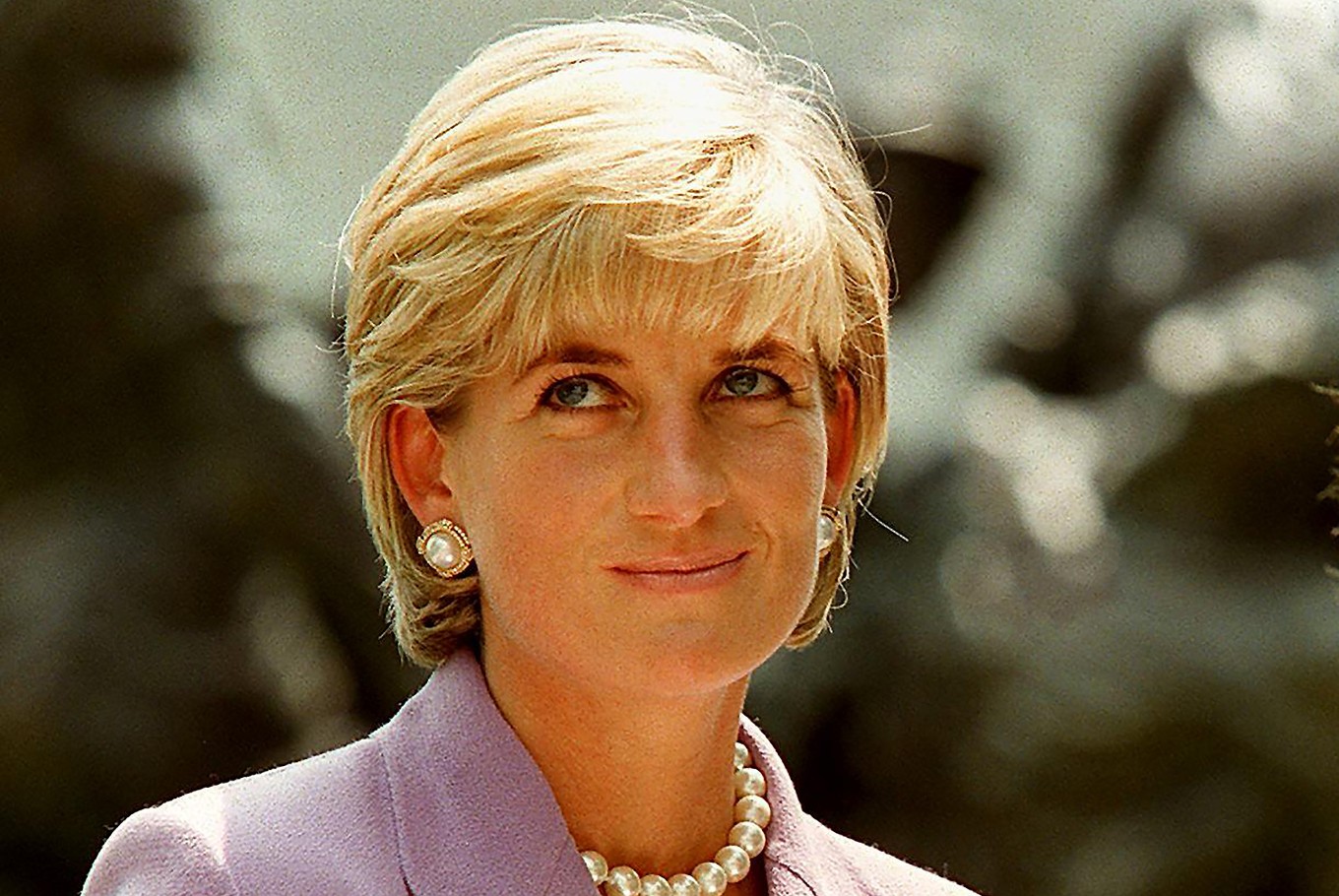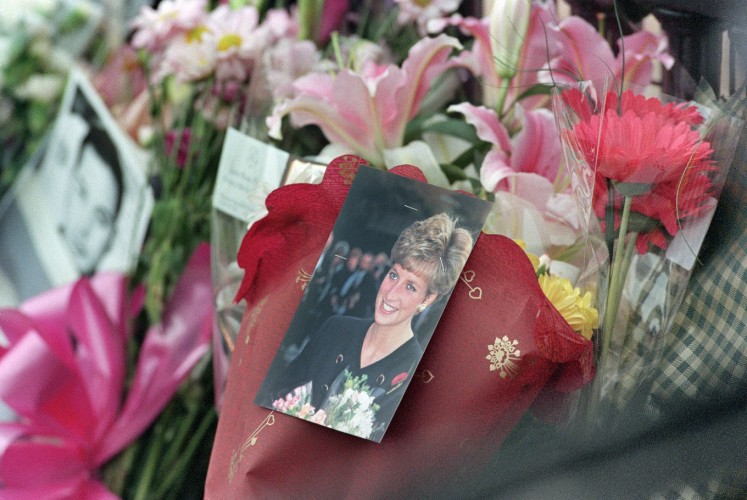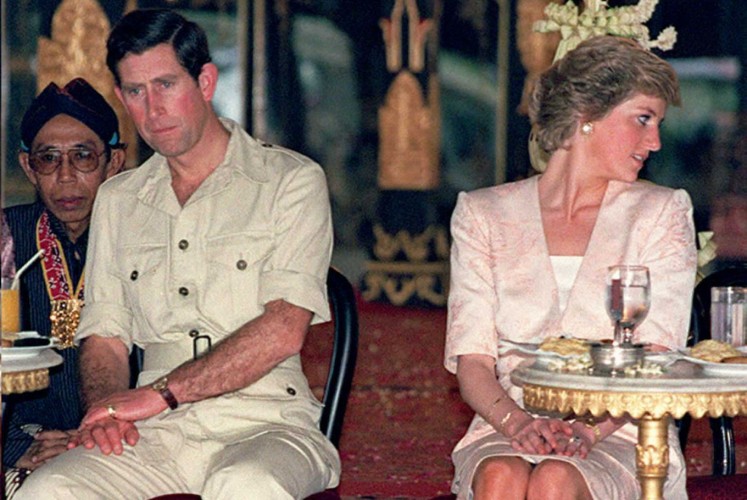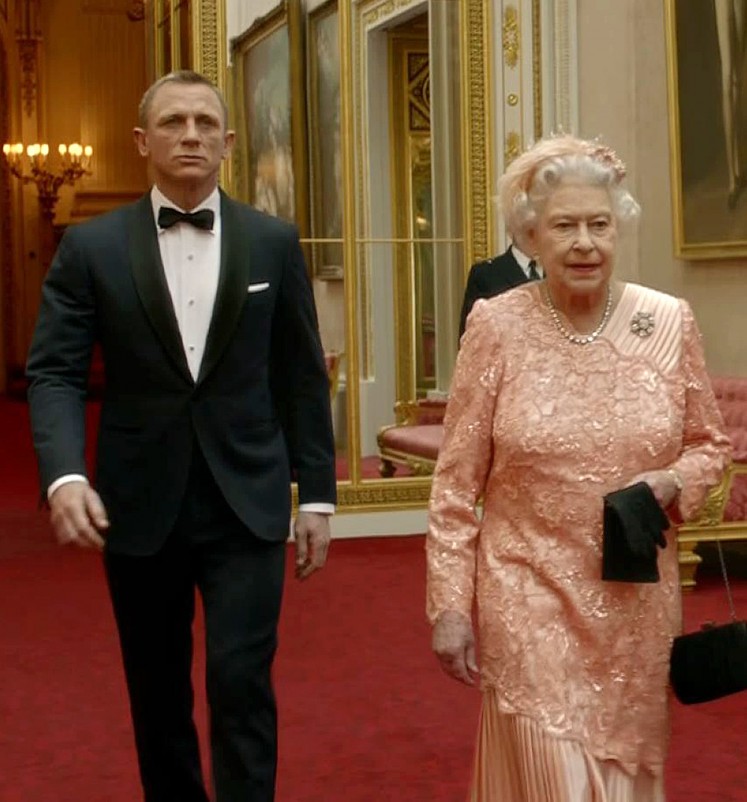Diana's death forced British royals to overhaul image
Change Size
 This file photo taken on June 17, 1997 shows Britain's Diana, Princess of Wales (L), at a ceremony at Red Cross headquarters in Washington, to call for a global ban on anti-personnel landmines. Princess Diana rocked the monarchy when she leaked shocking details of palace life to author Andrew Morton, who told AFP the revelations are still causing damage 20 years after her death. (AFP/Jamal A. Wilson)
This file photo taken on June 17, 1997 shows Britain's Diana, Princess of Wales (L), at a ceremony at Red Cross headquarters in Washington, to call for a global ban on anti-personnel landmines. Princess Diana rocked the monarchy when she leaked shocking details of palace life to author Andrew Morton, who told AFP the revelations are still causing damage 20 years after her death. (AFP/Jamal A. Wilson)
P
ublic anger at the monarchy following the death of Diana, Princess of Wales marked a turning point for the royal family, forcing a revolution in its communications machine that helped revive the brand.
While mourners left thousands of bouquets of flowers at the gates of Buckingham Palace and nearby Kensington Palace, the royal family was nowhere to be seen after Diana's death on August 31, 1997.
Prince Charles, divorced from Diana, and his mother Queen Elizabeth II remained at Balmoral Castle, their remote Scottish residence, saying nothing for days.
Despite the British public's mounting anger at the royal response -- or lack thereof -- it was not until the day before Diana's funeral that the queen finally broke her silence with a live broadcast to the nation.

The monarch's distance from the public outpouring of grief for the woman dubbed the "people's princess" by then prime minister Tony Blair caused resentment.
Having been immersed in protocol and tradition for centuries, the royals quickly realised they were in urgent need of an image overhaul.
In her tribute to Diana, the queen said: "I, for one, believe that there are lessons to be drawn from her life and from the extraordinary and moving reaction to her death."
The result was the royals "having to become more professional, and having to take real control and take outside advice and better professional people," public relations expert Mark Borkowski told AFP.
'Human' image
The out-of-touch Buckingham Palace press office, which Borkowski remembers used to close over the weekends while some of the most interesting Diana stories unfolded, underwent a shake-up.
Sluggish employees were replaced with PR-savvy professionals.
Patrick Jephson, Diana's former private secretary, said the current image of the monarchy was the product of a "very sophisticated news management campaign".
The current media strategy focuses on distributing positive information about the monarchy, while at the same time protecting the royals' privacy.
Read also: Diana still wreaking revenge on Charles: Biographer

One of the first tasks post-Diana was to create a more "human" image for the queen, who had been reported as being more concerned about her dogs and horses than her subjects.
Charles, mocked for being haughty and stiff, has also gone through a revamp since his ex-wife's death.
"He has spent an enormous amount of money hiring very sophisticated, professional, political-style spin doctors to manage his image," Jephson said.
The investment has paid off, with the public's gradual acceptance of Charles's relationship with his former mistress Camilla, whom he married in 2005.
Queen impresses at Olympics
The extent of the royal recovery could be seen in 2011, when Diana's eldest son Prince William married Kate in a ceremony watched worldwide as Britons held street parties in the couple's honour.
"What they tried to do was to promote what was good about the royal family," said Robert Jobson, co-author of the book "Diana: Closely Guarded Secret".
Queen Elizabeth fell well and truly back in favour at the 2012 London Olympics, when she approved a stunt that appeared to show her leaping out of a helicopter into the stadium alongside secret agent James Bond, played by Daniel Craig.
"They want to be a more approachable, less aloof family... Not these upper-class aristocrats who don't understand the people," said Borkowski.

The media strategy appears to have succeeded, with the queen continuing her record-breaking reign with the support of her subjects.
"I think the monarchy under the stewardship of Her Majesty the Queen has certainly learnt lessons throughout the time," said Jobson.
And as the 91-year-old monarch slowly steps back from some royal duties, her grandchildren princes William and Harry are taking on more public roles -- aided by a well-oiled media machine that helped burnish their image in the public eye.
"The whole place has been revolutionised," Borkowski said.









